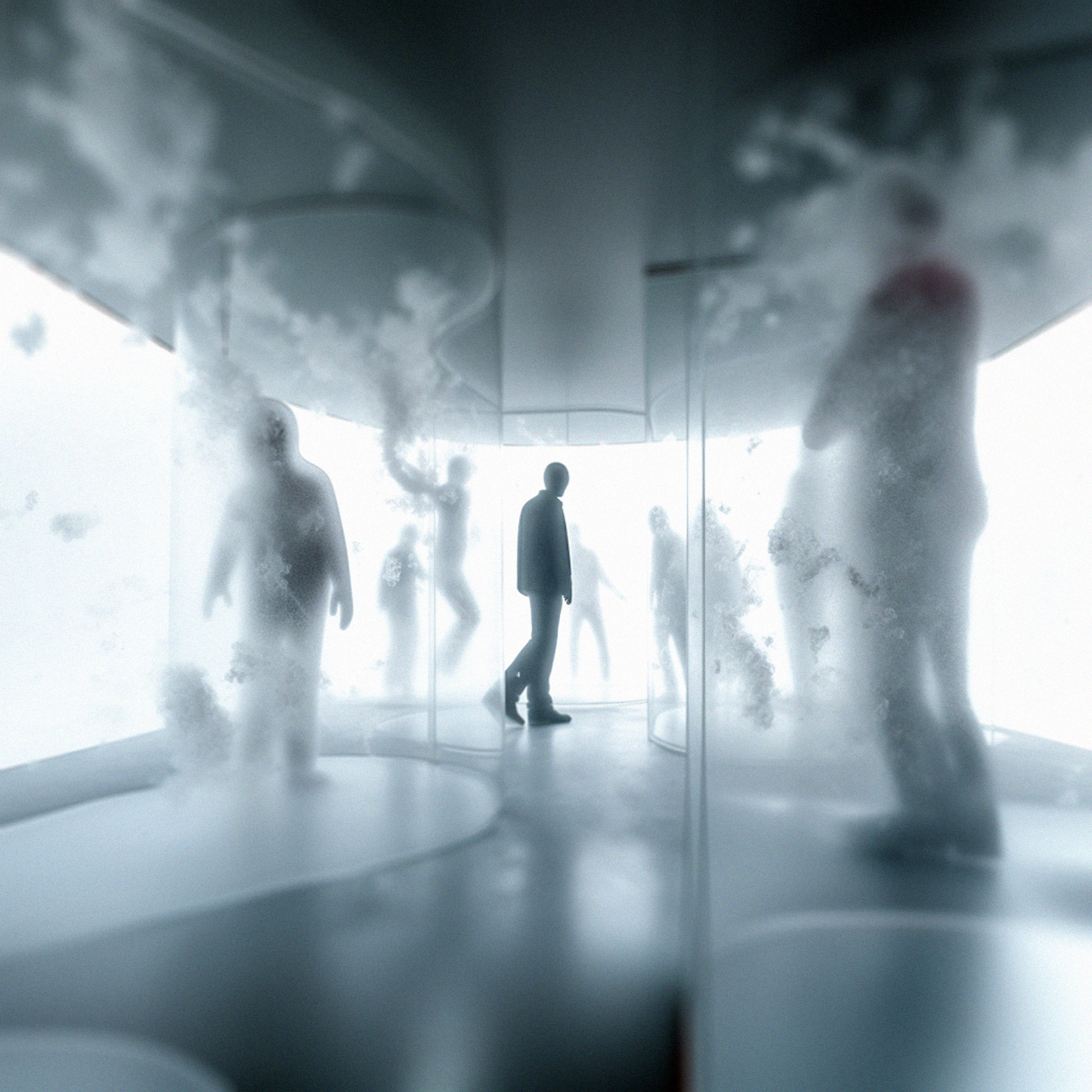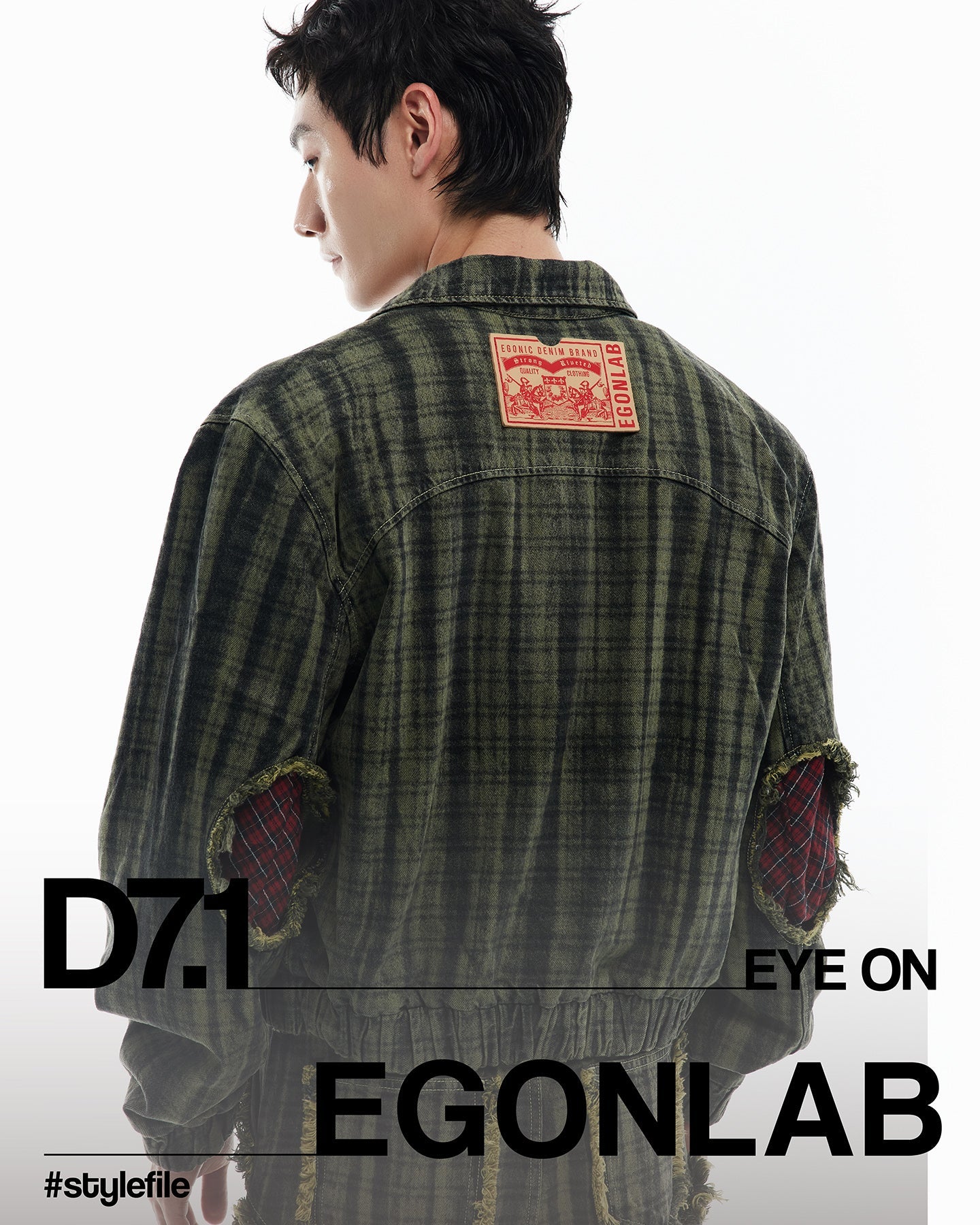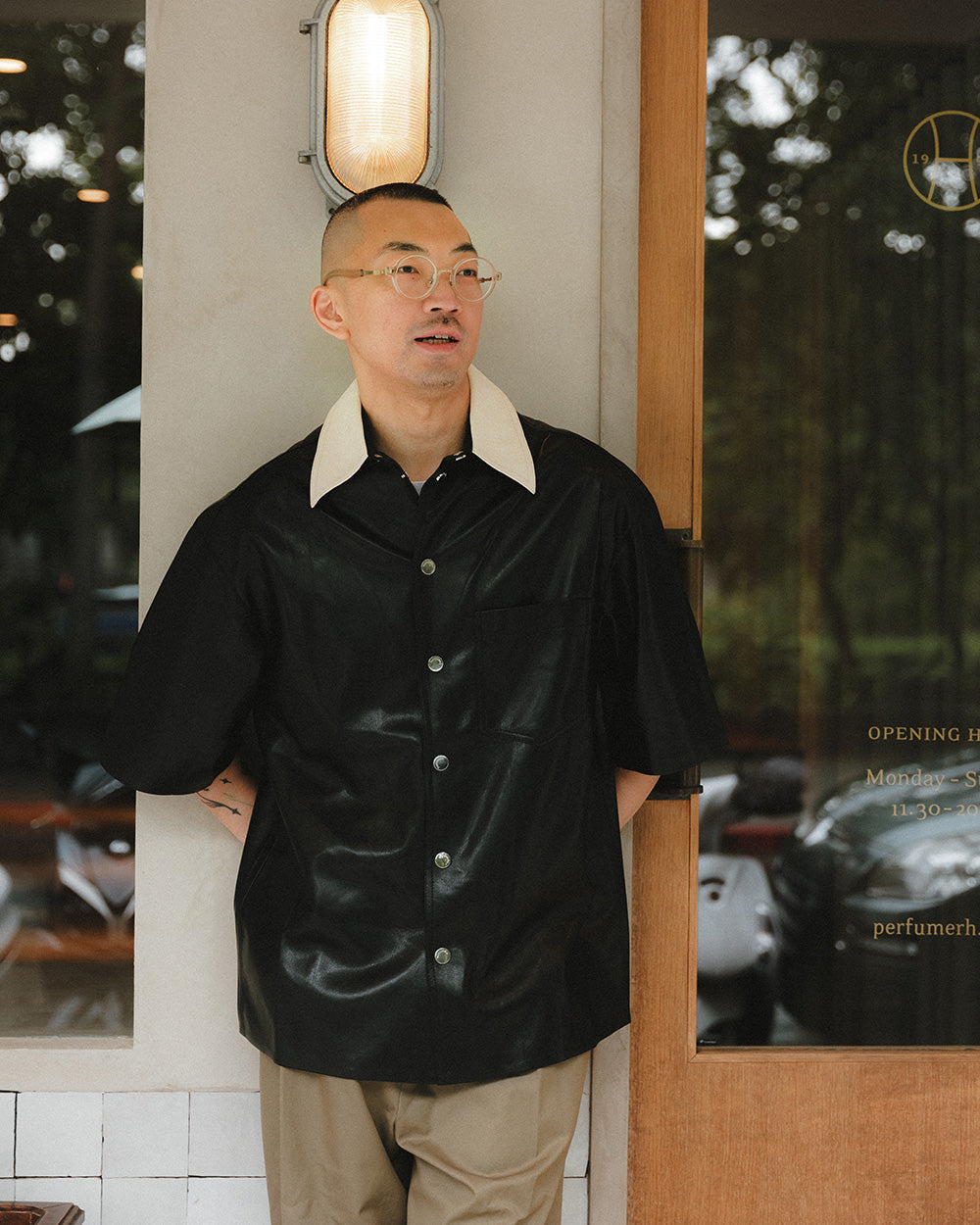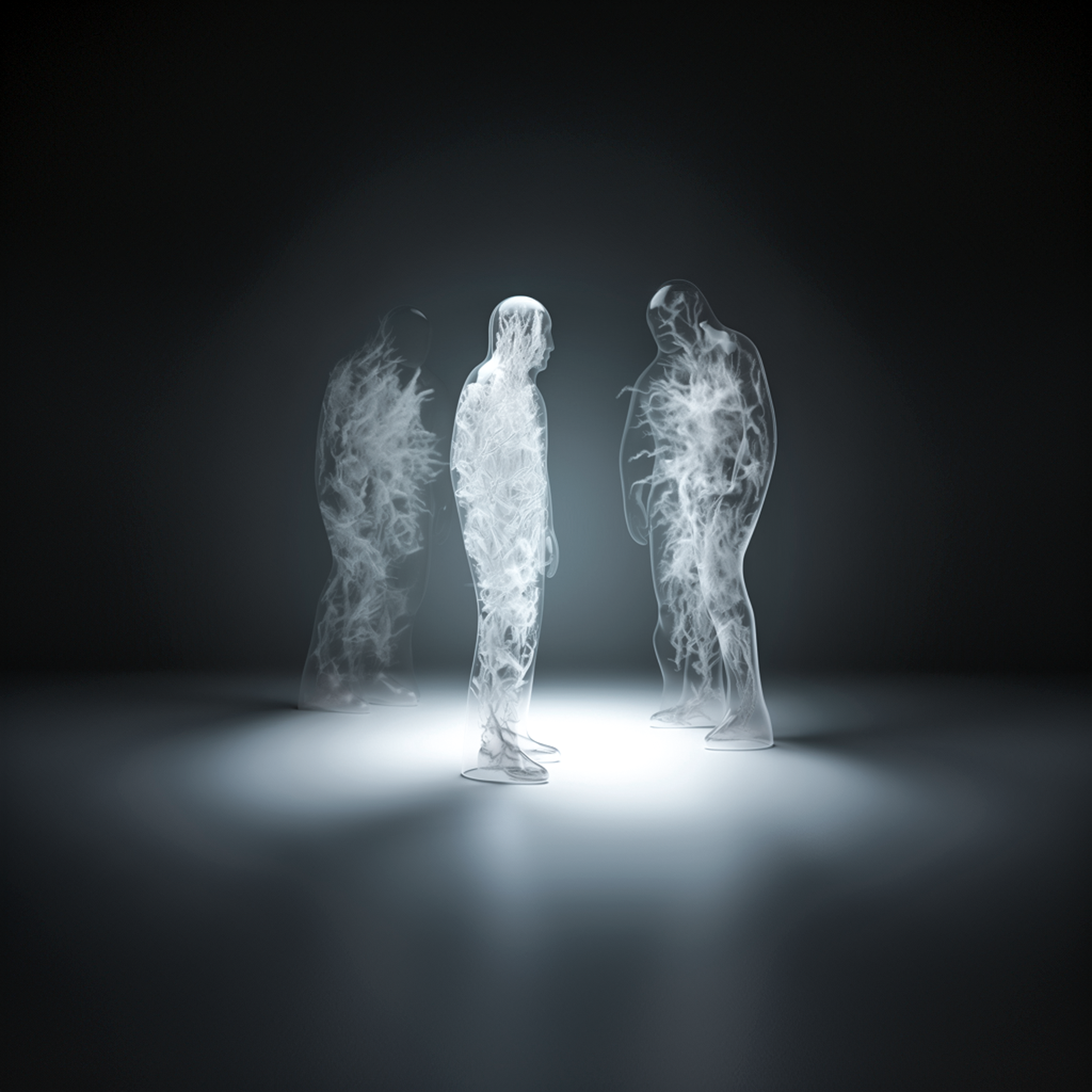從經典片《發條橘子》,看現代新鮮的暴力性 |
Exploring the Fresh Violentness in Modern Society:
A Reflection Through the Iconic Lens of A Clockwork Orange
文 / 馬欣 Author: Hsin Ma
譯 / 吳迺菲 Translated by Naifei Wu
1971年的名片《發條橘子》曾因它當中極端的暴力而受到爭議,但如今若以此片來看近代社會新鮮的暴力性,卻如同一則預言。今日人們從森嚴的階級縫隙中竄出的憤怒與惡意,橫生飛長地讓大人驚駭。但此片當年就預告眾人:人類將由「純物慾世界」中再度誕生一次,只是這次培養人類再生的皿具可能充滿惡意的羊水,從而產生出新鮮的惡意。
以2023年底國三生刺殺同學致死為例,或是輿論先審後判導致南韓影帝李善均自殺事件。兩者看似不相關,前者衛福部針對觸法少年的心理狀態做過深究,發現其特徵是「已對人無法產生同理心」。後者是經年來網路輿論被嗜血快感所控制,轉眼間,我們彼此餵飽了相當大的戾氣,而其原因從《發條橘子》中就可以窺見這是深埋數十年的惡果熟透所致。
《發條橘子》被當成藝術名片來自於它對消費社會的透視,無論是主角亞歷克斯與他同夥喜歡打混的牛奶吧、固定亞歷克斯眼目的「精神餵食法」、以及都市人因階級被格放生活空間(遠看像老鼠籠)、中產新貴到上流階級的無菌城邦般的居所(如今豪宅也信奉假城池)。
這一切很像是將我們現代生活搬上銀幕,源源的物慾與視覺刺激養大所有人,甚至有大把以榮耀自己階級為榮的大人。導演庫柏力克為了打造新的社會子宮,讓這部片充滿感官元素,交響樂搭配著殺人暴行、英國禮帽與胚胎服、太空艙裝潢與陽具家具,都顯示著在文明下面沸騰的野蠻與豪奪。
消費社會中以貪婪增殖著文明的表象,在這樣虛偽的大人社會裡,都像被上了發條的橘子一般,只是為了自己的位階與消費物的象徵而活,橘子是從裡開始壞掉的。
導演的鏡頭更是羊膜穿刺一般揭開了我們假文明真掠奪的醜態。如同大同小異的橘子(人類)以為自己活在的世界是樣品屋,而沒察覺裡面的原始的工業風(電影裡也出現這樣的建築對照)。它赤裸地陳述:「不是來自自由的道德都不是真的道德。」上一輩為秩序而產生的道德因此無法傳給下一代。
就像哲學家奧德嘉賈賽特在《群眾的反叛》中所寫:「由於他者在現代社會裡漸漸暗啞,被逐出『相同者的我們』的圈子,人們會變成一模一樣的群體動物,灰色的群眾沒有容顏,個體失去個性、扁平而蒼白。」所謂「他者」指的可以是文學、音樂、繪畫等可理解他人的媒介,或是同溫層之外的角度,但在「他者」逐漸被弱化後,我們目睹了亞歷克斯從充滿攻擊性,對養育他的胚胎感到牴觸,之後他徹底變成了發條橙,之後也變成看守階級的發條橘子,接班上一代的群體容顏,從此「無明」到底。
The 1971 film A Clockwork Orange, once embroiled in controversy for its depiction of extreme violence, now feels eerily prophetic as we examine the fresh violentness in our modern society through its lens. The swift and unconstrained proliferation of anger and malevolence, breaking through the rigid confines of social classes, undoubtedly rattles many in today’s world. A Clockwork Orange had warned us back then: humanity may undergo a rebirth in a “purely materialistic world.” However, this time, the vessel nurturing the human rebirth may be filled with malicious amniotic fluid, giving rise to new forms of fresh malice.
The stabbing incident involving a 15-year-old student killing a classmate at the end of 2023 serves as a stark example, as does the tragic suicide of South Korean actor Lee Sun-kyun, a result of premature public judgments. The two incidents appear unrelated. In the former case, a study on the psychological state of the delinquent juvenile conducted by the Ministry of Health and Welfare reveals the perpetrator’s “inability to empathize with others,” while it is suggested in the latter that online public opinions are driven by a thirst for blood and thrill. What unfolds before us, almost instantaneously, is the alarming rise of an insatiable appetite for aggression within our society. Through A Clockwork Orange, we may catch a glimpse of the culmination of such malevolent consequences—a result of decades in the making.
The iconic status of A Clockwork Orange as an artful comedy can be attributed to its sharp insights into consumerist society, highlighted through various examples. These include Korova Milkbar, frequented by the central character Alex and his droogs, the “Ludovico Technique” for behavioral correction involving forcibly holding Alex’s eyes open, the selected close-up depiction of urban living spaces tailored to specific social classes (reminiscent of rat cages when viewed from a distance), and the polished, sterile cities inhabited by the new middle class and upper class (present-day luxurious homes with their walls and moats).
All of this seems like our modern life transposed onto the screen, where a relentless flow of materialist desires and visual stimuli raises everyone, including many who take pride in glorifying their social status. In an effort to craft a new societal womb, director Stanley Kubrick saturates the film with visceral and sensual elements. The juxtaposition of symphonic music and the brutality of killing, bowler hats and embryo-like overalls, the spaceship-style interiors and phallic-shaped furniture all serve as indicators of the underlying barbarism and rapaciousness simmering beneath the veneer of civilization.
The facade of civility in a consumerist society thrives on greed. In this duplicitous adult world, individuals resemble oranges with wound-up clockwork mechanisms who live solely for their social status and the symbolism attached to their consumption. The decay of an orange typically begins from within.
Moreover, the director’s cinematography further acts as an amniocentesis procedure that exposes the ugly hypocrisy of exploitation concealed by our artificial civilization. Like oranges (humans) appearing outwardly similar to one another, individuals often believe that the world they inhabit is a flawless model house, unaware of the primitive industrial style lurking beneath—an architectural contrast vividly portrayed in the film. The message is blunt: “Where there is no freedom, there is no morality.” The morality enforced by the previous generation in the quest for order cannot be passed down to the next generation.
Like what philosopher José Ortega y Gasset wrote in The Revolt of the Masses, the presence of the Other in modern society gradually fades into obscurity. It is eliminated from the “self-same” circle. Over time, people morph into identical creatures that collectively make up a uniform gray mass without distinguishable differences in appearance. Individuals lose their personalities and become flattened, colorless, and pale. Here, the “Other” may refer to mediums through which we perceive and comprehend others, such as literature, music, painting, as well as perspectives that extend beyond one’s own echo chamber. As the “other” slowly diminishes, Alex, too, undergoes a significant transformation. From being an aggressive individual who feels a profound misalignment with what nurtures and surrounds him, Alex is eventually turned into a clockwork orange. He adopts the role of guardianship from the preceding generation and assimilates their collective persona. He becomes, and continues to be, an integral component of the undefined "mass" in every aspect possible.








